Introduction
Domestic violence is described by the World Health Organization as “physical, psychological, or sexual coercive actions against women by an intimate partner, either present or past.”
It is also defined as “any acts of gender-based and other physical or psychological abuse perpetrated by a responder against women, children, or other vulnerable individuals” under Pakistan’s historic Domestic Violence (Prevention and Protection) Act, which was enacted by the Senate in 2012.
Domestic violence includes acts such as assault, attempted assault, criminal force, criminal intimidation, emotional, psychological, verbal, stalking, sexual, physical, and economic abuse, as further specified by the term.
As a major public health and social issue, domestic violence is pervasive in Pakistan. Human Rights Watch conducted a survey of women in Pakistan in 2009 and found that between 10% and 20% of them had experienced physical or sexual violence in their lifetime. About 5,000 women a year lose their lives to intimate partner abuse, and many more suffer permanent injuries.
Numerous reports detail instances of assault against women.
Over half of the 1974 people who were reported murdered in 1998 had family members who committed the crimes.
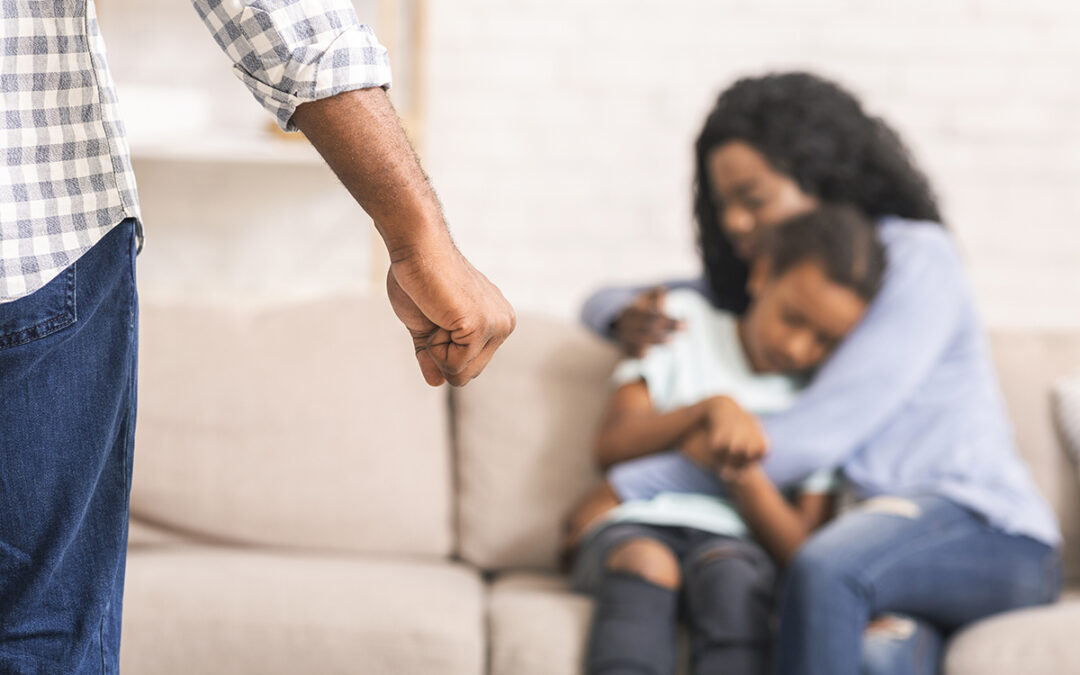
According to research by the Thomson Reuters Foundation, Pakistan is, behind Afghanistan and the Democratic Republic of the Congo, the third most hazardous nation in the world for women. Most victims of violence can do little to protect themselves legally. In most circumstances, police departments will not file reports of domestic abuse because they do not consider it a criminal offence. Victims of violence often have nowhere to go since there are so few women’s shelters in the nation.
Types of Domestic Violence
When people think of domestic violence, they usually picture the abusive spouse physically harming the victim. Domestic violence can be physical, emotional, sexual, financial, psychological, or any combination of these. Physical abuse is only one sort of abuse; there are other forms as well.
It is crucial to recognize the various indications of abuse so that you can spot the issue and get treatment. Being the victim of domestic violence can lead to emotions of helplessness and even self-doubt.
Physical Abuse
The most obvious domestic violence is physical abuse. It involves using force against the victim and hurting them as a result (a punch or a kick, stabbing, shooting, choking, slapping, forcing you to use drugs, etc.).
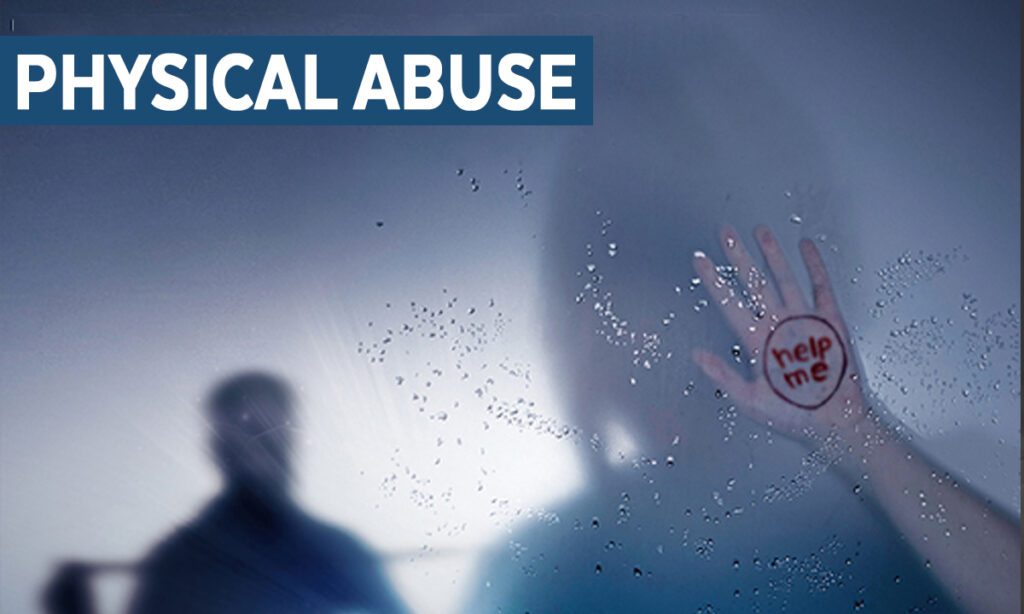
But the injury does not have to be bad. For example, your abuser slaps you a few times, but you do not need to go to the hospital because the injuries are not serious. Even though the damage is not bad, the slap is still domestic violence.
Emotional Abuse
Emotional abuse destroys the victim’s sense of self-worth through repeated insults, humiliations, or criticism. It’s a sort of domestic abuse that’s hard for people to grasp since it’s a typical element of unstable relationships.
Most states do not recognize emotional abuse as a basis for domestic violence cases unless the abuse is so severe and pervasive that the relationship may be classified as very coercive. Typically, a domestic violence claim requires proof of emotional abuse in addition to physical, financial, sexual, or psychological assault.
Sexual Abuse
Sexual abuse is a common type of domestic violence. It includes not only sexual assault and rape, but also harassment, such as unwanted touching and other demeaning actions.

Many victims do not realize how broadly sexual abuse is defined. For example, if you have ever been forced not to use birth control (the pill, a condom, an IUD, etc.) or to have an abortion, you may have been sexually abused. This kind of abuse is known as reproductive coercion.
Financial Abuse
Financial abuse is the least obvious type of domestic violence. It can come in many forms, like when a husband does not let his wife go to school or get a job outside of the house. Financial abuse happens a lot, especially when families put their money into joint accounts that one person controls and there is little or no family support to help. Money abuse is a means to dominate someone, however it’s not as evident as physical or sexual abuse.
Often, the victim depends on their partner for all their money. Since the abusive partner is the only way the victim can get money, the abusive partner has complete control over the victim. The abusive partner might not give you money for food, clothes, and other things you need. If there are children involved, this can be the same thing as neglect.
Psychological Abuse
Psychological abuse is a catch-all term for behavior that is intimidating, threatening, or causes fear. This behavior must be consistent and important. Most of the time, a one-time event will not be enough to bring a domestic violence action. Like emotional abuse, psychological abuse may not be enough on its own to start a domestic violence case unless it is very severe.

Psychological abuse covers a wide range of actions. Some common examples include:
Keeping the victim from talking to people unless they have “permission”; keeping the victim from leaving the house; threatening the victim with violence or emotional extortion if they do something the abusive partner does not like.
Domestic violence against women in Pakistan
Based on the results of a study conducted by the Thomas Reuters Foundation (an organization dedicated to raising awareness throughout the world to the most pressing problems facing humankind), Pakistan is the sixth most hazardous nation for women (Sukhera, 2021).
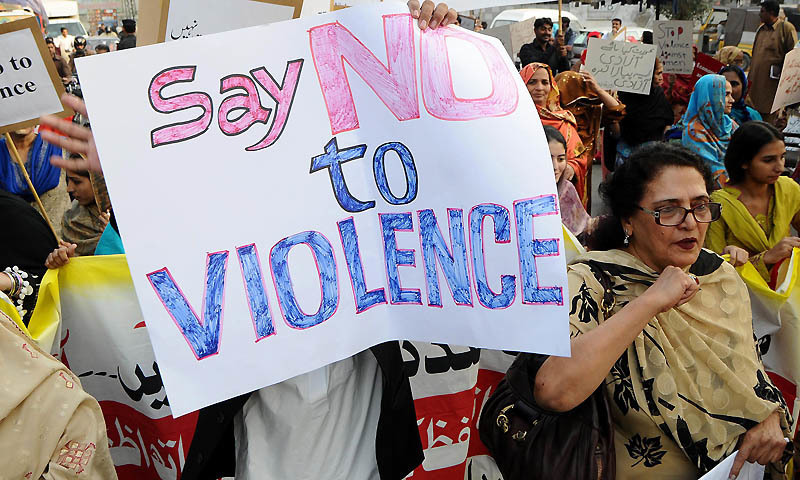
The Global Gender Gap 2021 ranking released by the World Economic Forum places Pakistan at position 153 out of 156 nations (Waheed, 2021). Human Rights Commission Pakistan (HRCP) data shows an increase in reports of domestic and cyber-based violence in merely 2020 and 2021. In 2020, the HRCP documented 430 occurrences of honor murders, including 263 female victims.
After just four months of 2021, police in Punjab province reported fifty-three gang rapes (Sukhera, 2021). According to the Pakistan Ministry of Human Rights, which relied on data from the country’s 2017–2018 Demographic and Health Survey, around 28% of Pakistani women aged 15–29 had suffered physical abuse (Saifi, 2021).

The Aurat Foundation is a women’s rights organisation located in Islamabad, Pakistan, and they report that in 2021 there were 2,297 incidences of violence against women throughout four provinces. Murder, kidnappings, rapes, gang rapes, honour murders, and domestic violence were all part of these episodes. Researchers have said that numbers are too low and do not accurately reflect the true extent of violence against women in Pakistan (Sukhera, 2021).
There is a lot of violence against women in Pakistan, and it would be helpful to give some examples.
Khadija Siddiqui
In 2016, when Khadija Siddiqui was still in law school, Shah Hussain stabbed her twenty-three times. He only got five years in prison for his brutal attack, and he got out at the beginning of 2021. Amnesty International’s South Asia Campaigner, Rimmel Mohydin, said, “Every day a victim doesn’t get justice, or a perpetrator walks free after killing or abusing another woman in this country should be a turning point” (Hafeez, 2021).
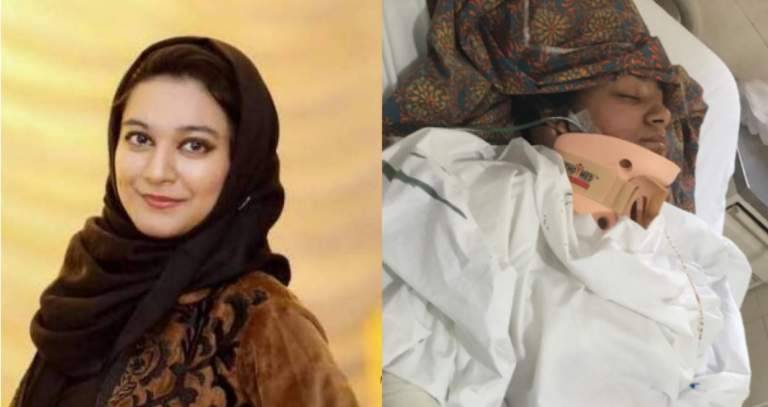
Siddiqui later said that no official told her about the initial release, and she finds it scary that no steps are taken to make sure she is safe when a criminal is let out of prison early or when she is fighting for justice.
Mariam
Mariam works as a housekeeper, and she is the only one in her family who makes money because her husband refuses to work. He hurts her physically and verbally. She says, “As soon as I get home, tired from working all day at different homes, before I’ve even set foot in the house, he starts with his tyranny and starts beating me.”

Mariam married her husband via the practice of watta satta, a marriage swap widespread in rural Pakistan. The daughter of her husband was married to Mariam’s brother in exchange for Mariam. If Mariam tries to leave him, she risks being shunned by her friends and her brother’s marriage would end. Mariam’s husband not only hurts her physically, but he also hurts her mentally.
She is also abused by her seven-year-old stepson, who beats her “so hard that my clothes were covered in blood.” Mariam’s stories are not isolated events. She is one of the thousands of women in Pakistan who face gender-based violence but don’t show up in the statistics because they never officially report their abusers for different reasons. (Hafeez, 2021). For example, most women don’t report cases of domestic violence to the police because they think husbands have the right to beat their wives and sweep the problem under the rug. (Qayyum, 2017)
Ayesha Ikram
More than 400 men harassed and groped TikTok creator Ayesha Ikram on the grounds of the Minar-e-Pakistan, a major national monument of the country’s independence (Bain, 2021).
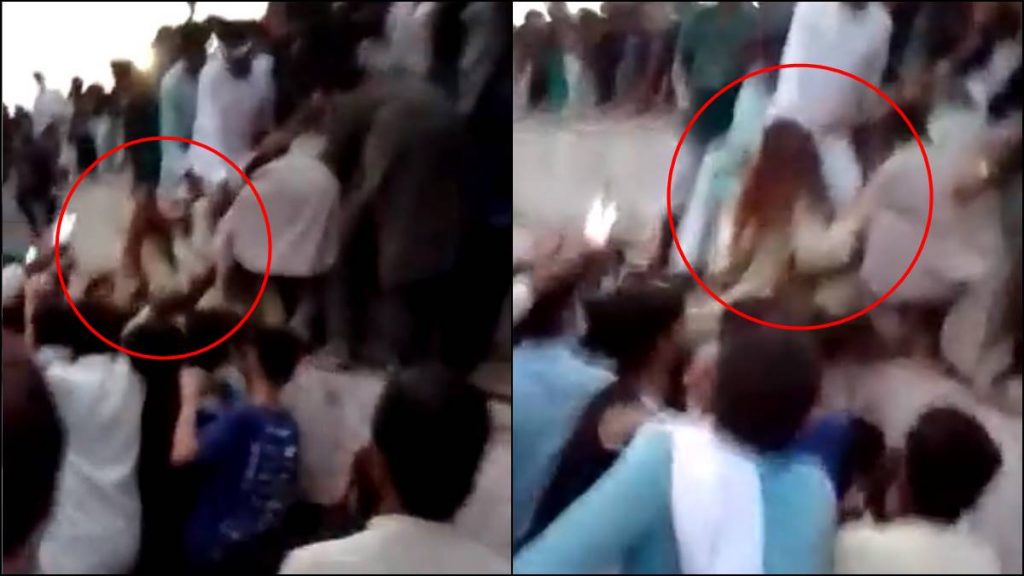
Many people in Pakistan refer to the problem of gender-based violence as “femicide” to draw attention to how big the problem is and how systemic it is (Kirmani, 2021).
Qandeel Baloch
In 2016, Qandeel Baloch’s youngest brother killed her because of what he called her “intolerable behavior.”
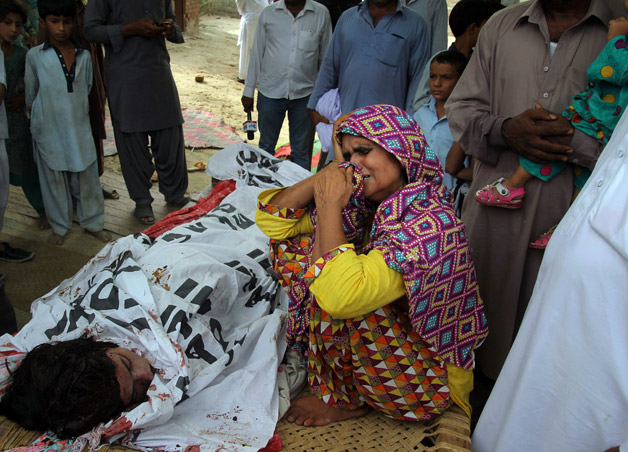
Baloch was a big deal on social media because she was out and proud about being gay. The killing of Qandeel started a debate about women’s sexuality and blaming the victim (Kirmani, 2021).
how domestic violence affects the victim
Domestic violence victims show a wide range of effects, just like anyone else who has been hurt. Abusive behavior from the offender can lead to a wide range of health problems and physical injuries. Victims may need immediate medical care for injuries, hospitalization for severe attacks, or long-term care for health problems caused by the attacker that make them unable to work. Domestic violence can cause cuts, bruises, broken bones, and sexually transmitted diseases. Domestic abuse may induce headaches, stomachaches, and serious health issues that can’t be cured without medical care or medicine.

Many people who have been abused go to the doctor often for health problems and injuries caused by domestic violence. Research shows, though, that many victims won’t talk about the abuse unless the doctor asks them directly or checks for domestic violence. So, it is very important that health care providers directly ask about possible domestic violence. This way, victims can get the right care for their injuries or illnesses and get more help to stop the abuse.
Domestic violence can cause victims to have short-term and long-term mental health problems. Some victims, though, have a history of mental health problems that may be made worse by the abuse. Other victims may develop mental health problems because of the abuse. There are many common ways to deal with trauma that can be seen as emotional and behavioral effects of domestic violence.
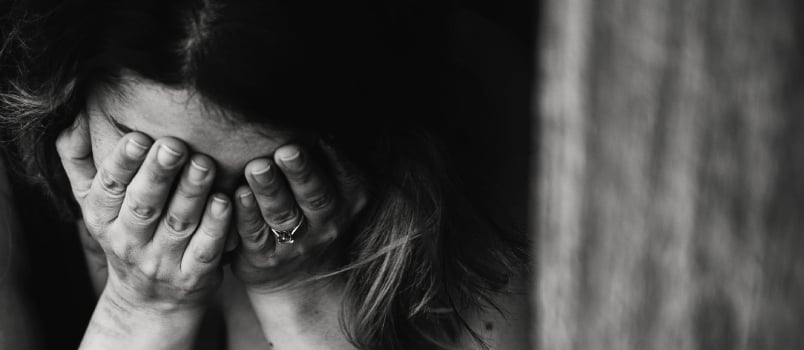
- Emotional withdrawal
- Denial or minimization of the abuse
- Impulsivity or aggressiveness
- Apprehension or fear
- Helplessness
- Anger
- Anxiety or hypervigilance
- Disturbance of eating or sleeping patterns
- Substance abuse
- Depression
- Suicide
- post-traumatic stress disorder
Some of these effects also help victims deal with the trauma. For instance, some victims of abuse utilize drugs or alcohol to numb the discomfort of their condition. Unfortunately, these ways of coping can make it hard for people to get help or leave abusive relationships. Psychiatrists, psychologists, therapists, and counsellors who screen, do a full assessment, and treat victims can help them deal with or leave the abuse.
how domestic violence affects mental health
Over the past few decades, people have become more aware and concerned about their mental health. Many people think about their physical health when they think about their health, and they tend to pay more attention to it when they have symptoms. Somatic (body) symptoms like chronic back and neck pain, fibromyalgia, migraines, digestive problems, spastic colon/irritable bowel syndrome, chronic fatigue, and some forms of asthma are common in traumatized children and adults.
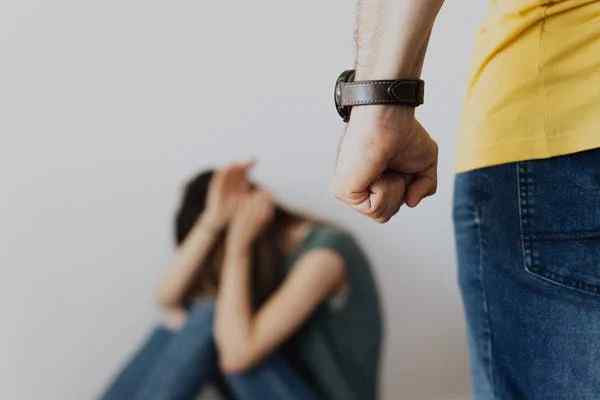
These physical symptoms may be indicators of emotional, intellectual, social, spiritual, environmental, and vocational imbalances. Holistic health looks at all these parts of a person’s life and sees how they all affect each other. So, when someone goes through something traumatic, like domestic violence, their whole body and all parts of their health are affected, especially their emotional health.
Everyone’s mind is in good shape. Whether it’s problems with mental health, good mental health, or something in between. “Our emotional, psychological, and social well-being are all part of our mental health. It changes what we think, feel, and do. It also affects how we deal with stress, get along with others, and make decisions. Mental health is important at every stage of life, from childhood and adolescence to adulthood. Domestic abuse causes stress, worry, dread, humiliation, and despair, which may damage mental health.
Link Between Mental Health and Domestic Violence: The Statistics
The majority of women who seek help in psychiatric hospitals report experiencing domestic violence.
Some of the most common diagnoses for these women are post-traumatic stress disorder (PTSD), depression, and anxiety.
Traumatic events cause deep and long-lasting changes in the body, emotions, thoughts, and memories, but these changes don’t always lead to a psychological diagnosis.
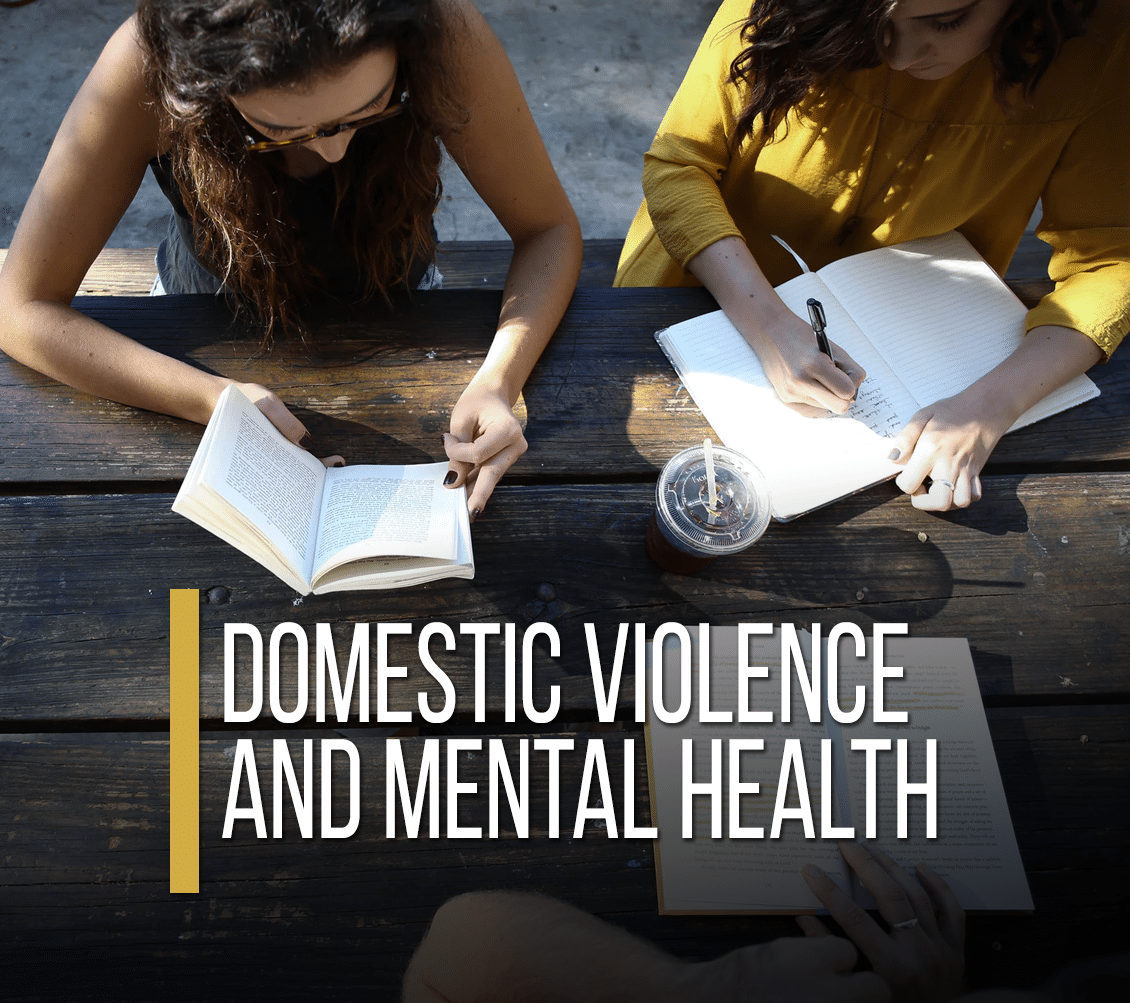
Someone’s mental health can be affected even if they don’t have PTSD, depression, or anxiety. Some victims of domestic abuse develop post-traumatic stress disorder, although this is not the case for everyone.
A victim-mental survivor may have difficulty in work, school, caring for others, developing and maintaining strong relationships, adjusting to change, and coping with obstacles.
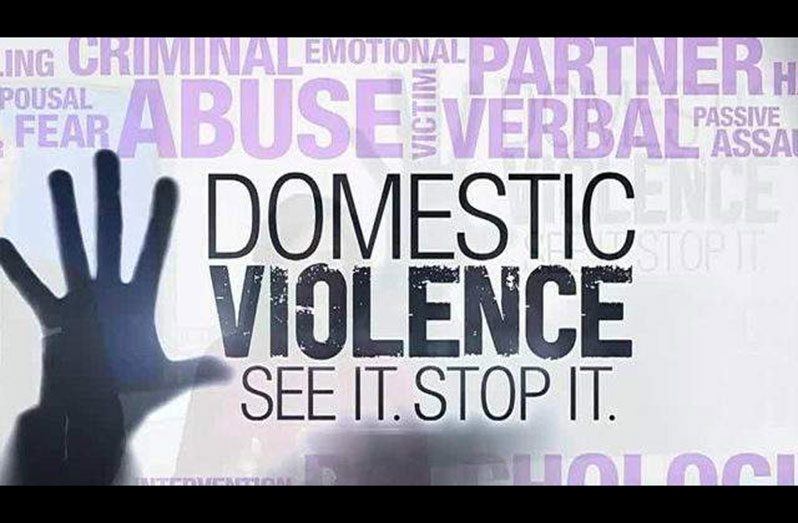
It is possible for a victim-mental health survivor to use their condition to harm others.
Coercion directed against the victim-mental survivor’s health is a frequent abuse and control method.
Other common ways to hurt mental health are through other kinds of emotional abuse, like gaslighting.
Domestic Violence (Prevention and Protection) Act 2020
The Ministry of Human Rights introduced the bill for the Domestic Violence (Prevention and Protection) Act 2020 to the National Assembly on July 8, 2020. The measure aims to “create a system of protection, assistance, and rehabilitation for domestic abuse victims”
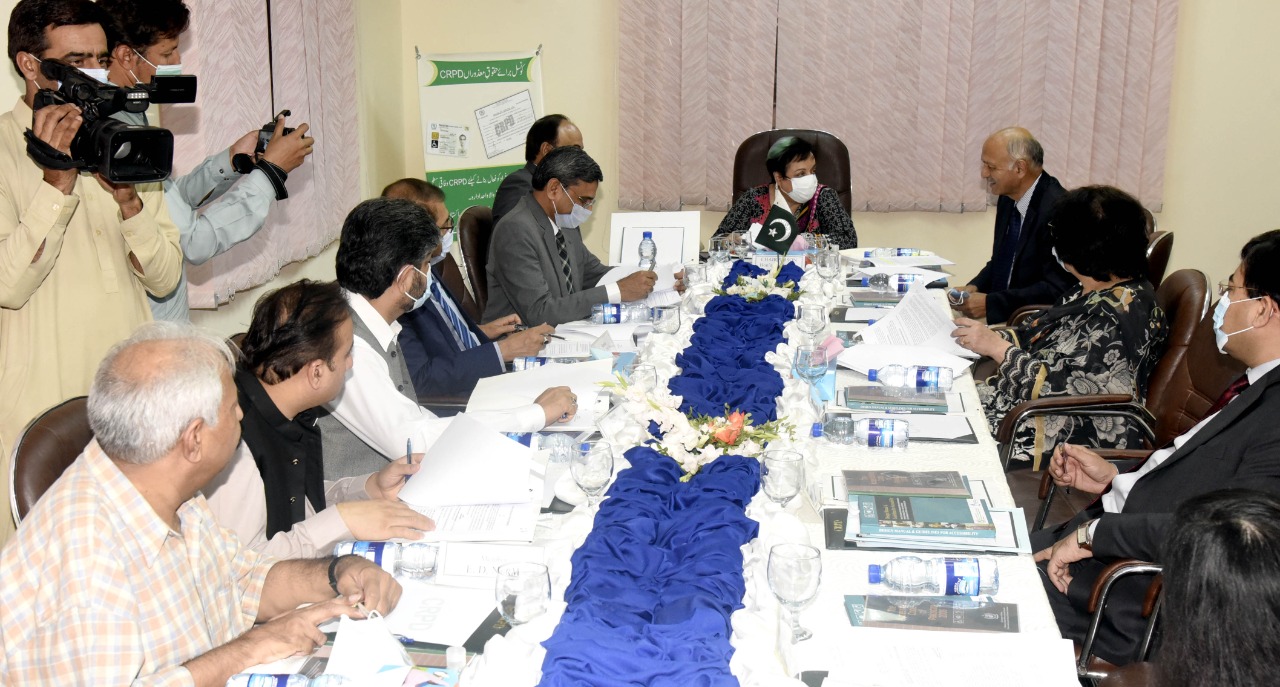
Domestic violence is defined in the bill as “all acts of physical, emotional, psychological, sexual, and economic abuse committed by a respondent against women, children, vulnerable persons, or any other person with whom the respondent is or has been in a domestic relationship that causes fear, physical, or psychological harm to the aggrieved person.” The bill also covers the Islamabad Capital Territory.
It’s envy that invades privacy, freedom, integrity, and security.
False allegations of infertility, deliberate or thoughtless desertion, stalking, harassment, or compelling the wife to live with another.
It’s prohibited to degrade or lie about a lady or household member.
Deliberately denying someone economic or financial resources is also illegal.
Shireen Mazari, the Federal Human Rights Minister, talked about the bill. According to her, the punishment for domestic abuse in Pakistan ranges from six months to three years, depending on the severity of the incident, even though it is not explicitly addressed in the Pakistan Penal Code. When a PPC violation occurs in a marriage or domestic partnership, the same penalties apply.

The individual who committed domestic violence would also have to pay a punishment of between Rs20,000 and Rs100,000. If a fine is not paid, the person who broke the law could get three months in jail. The bill proposes for a Protection Committee to assist wrongdoers handle their legal cases.
Science and Technology Minister Chaudhry Fawad Hussain, Interior Minister Mirza Shahzad Akbar, and Law and Justice Minister Faroogh Naseem met to finalize the Bill.
Conclusion
Domestic violence is getting worse everywhere. Most of the time, less is said about it in Pakistan because it is a sensitive subject. But there are still a lot of women who live with the effects of DV every day. These studies suggest that identifying DV against women requires educational and health awareness measures to minimize and control violence. In addition, new, more stringent, and uniform rules and regulations are required.
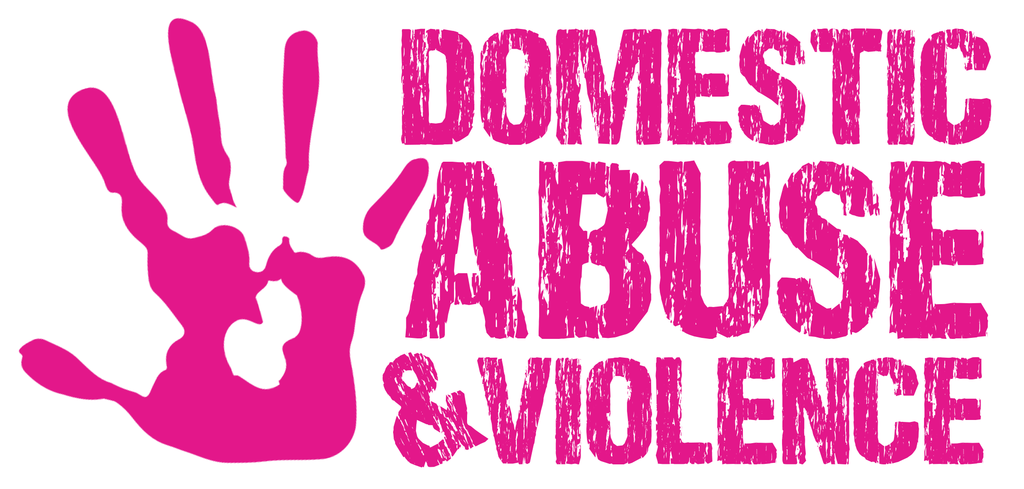
In the end, violence against women is a part of the culture in Pakistan. This is clear from the problems that have come up around the Domestic Violence (Prevention and Protection) Bill 2021. Pakistani government and police blame women for what happens to them.
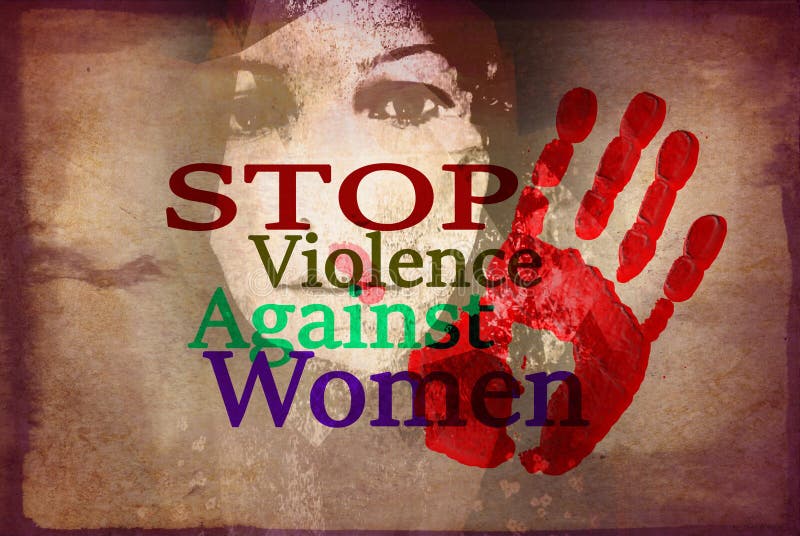
Women feel like they can’t tell anyone about what happens to them because of all these things and more. Depending on their social and economic background, they may have to fight the justice system for years. Women in Pakistan are right to criticize the state and its officials for not protecting them.
Khadija Siddiqui, Mariam, Ayesha Ikram, and Qandeel Baloch are victims of increasing violence in Pakistan.
Information from the Pakistan Demographic and Health Survey and the Human Rights Commission of Pakistan supports this conclusion as well.
Studied Political science from Quaid e Azam university Islamabad






